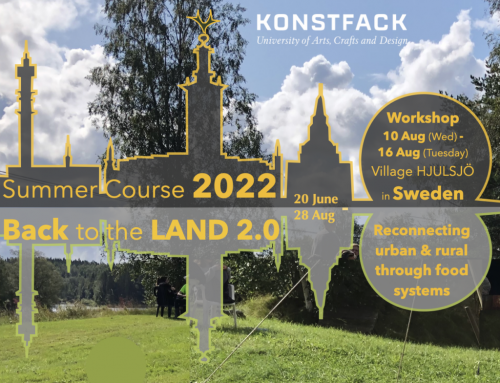One of the inspiring discoveries we made in putting City Eco Lab together was l’Ilot d’Amaranthes,a five-year-long project in which St Etienne designer Emanuel Louisgrand, in partnership with Galerie Roger Tator, has created productive gardens on abandoned sites in different parts of Lyon.
Given the range of malfunctioning global systems we have to deal with, attempting to design global replacements top-down simply wont work. Instead, we have to “grow” their replacement from small experiments, or seeds, that have the potential to multiply and be scaled up. Solutions will come through intense and diverse experimentation in doing things in a lighter and more sustainable way.
When I speak about experimentation, I don’t mean research in a laboratory, or debate in an academy. I mean experiments in the real world with the participation and co-ownership of citizens. Such experiments, when rooted in reality, generate the feedback and rapid learning that’s needed in terms of perpetually iterative design.
L’Ilot d’Amaranthes is a perfect model of the kind of activity that we need to see in every city and town. What shines out from the project is that each intervention is unique to that place and that time. This is a sustainable way of thinking: Understanding what makes each place unique, and then defining tools and infrastructures that can be adapted to it.
Roger Tator Gallery have published a new book about l’Ilot d’Amaranthes and the work of Emanuel Louisgrand. I know this because I contributed a short text and have a copy sitting next to me as I write – but I can’t quite find it yet on the Roger Tator site. But do hassle them for a copy – it’s beautifully done.





